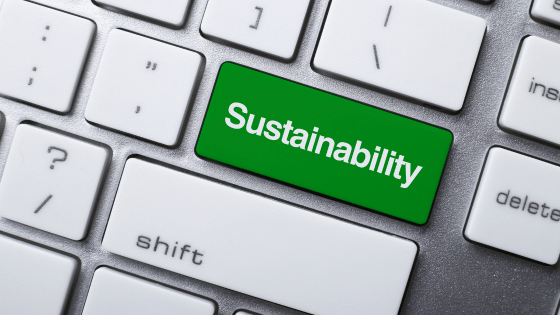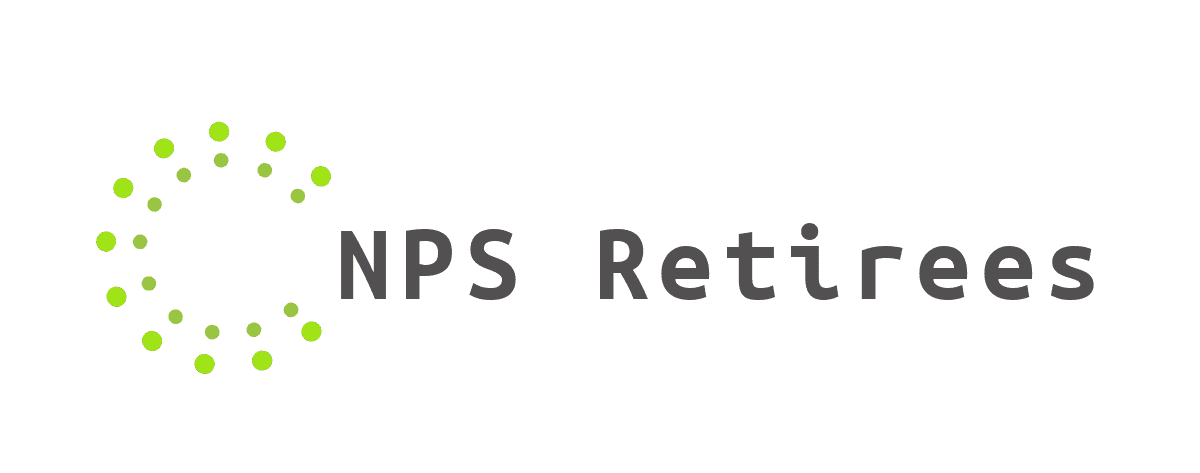Construction and renovation projects have long been associated with significant environmental impacts. These activities can leave a substantial ecological footprint, from excessive waste generation to using non-renewable materials. However, a growing awareness of environmental issues has led to a rise in sustainable practices in various industries, including reinstatement works. Companies can reduce their environmental impact by focusing on eco-friendly methods and materials while delivering high-quality results.
Regarding office spaces, one of the most critical aspects of maintaining sustainability is office reinstatement in Singapore. The reinstatement process often involves renovating or restoring office spaces to their original condition, which can be energy and material-intensive. To minimize the environmental consequences, many companies are shifting towards greener alternatives. By adopting eco-friendly materials and efficient methods, the reinstatement process can be more sustainable and contribute to the overall reduction of a building’s carbon footprint. For instance, sustainable office reinstatement options in Singapore ensure that existing resources and new additions align with environmental standards. More information about these practices can be found on platforms like Reinstatement SG.
Eco-friendly Materials for Reinstatement

One of the most effective ways to reduce reinstatement works’ environmental impact is using eco-friendly materials. These materials, often renewable, recyclable, or biodegradable, help reduce waste and promote sustainable building practices. For example, using reclaimed wood instead of newly sourced timber can help preserve natural forests, while opting for low-VOC (volatile organic compounds) paints reduces harmful emissions and improves air quality.
Recycled materials like recycled glass, metal, or plastics can also be integrated into the reinstatement process. These materials are often just as durable and functional as their non-recycled counterparts but with the added benefit of reducing waste in landfills. Incorporating natural stone, bamboo flooring, or other renewable resources further supports sustainability efforts.
Additionally, choosing products with a longer lifespan or requiring less maintenance can help minimize the frequency of repairs or replacements. This contributes to a decrease in the overall consumption of materials and energy.
Reducing Energy Consumption
Energy-efficient practices are also central to reducing the environmental footprint during reinstatement works. Installing energy-efficient lighting, such as LED bulbs, and using smart thermostats to regulate heating and cooling are simple but effective ways to reduce energy consumption. Moreover, improving insulation and using double-glazed windows can significantly reduce the need for air conditioning and heating, thus lowering energy use.
During the reinstatement process, assessing the entire energy performance of the building is important. Optimizing the use of natural light, implementing energy-saving technologies, and ensuring proper ventilation can have long-term benefits for both the environment and occupants of the building.
Waste Management and Recycling
Waste generation is another area where significant improvements can be made. A large part of the reinstatement process involves removing old fixtures, flooring, and furniture. Instead of sending these materials to landfills, many companies now adopt waste management strategies prioritizing recycling and repurposing.
For example, old furniture can be donated or refurbished rather than thrown away. Materials such as plasterboard, glass, and metals can be recycled into new products. Companies can reduce the environmental impact of office reinstatement works by employing a circular economy model, where materials are reused and recycled.
READ ALSO: Junk Removal – An Important Aspect of Alpharetta’s Environment Friendly Community,
Sustainable Building Practices for the Future
As the construction and renovation industries continue to grow, sustainable building practices will become even more essential. The integration of eco-friendly methods in reinstatement works not only benefits the environment but also leads to cost savings and improved building performance in the long run.
In addition to using sustainable materials and energy-efficient technologies, future developments will likely see the integration of renewable energy sources, such as solar panels, into office reinstatement projects. These advancements can further help reduce a building’s reliance on fossil fuels and contribute to a more sustainable future.
By adopting these sustainable practices, businesses can make a significant contribution to environmental conservation while maintaining the functionality and aesthetic appeal of their office spaces.
Conclusion
Sustainability is no longer just a buzzword in the construction and reinstatement industries. It is vital for anyone involved in restoring or renovating office spaces. Adopting eco-friendly materials, waste reduction, energy-efficient solutions, and responsible resource management can significantly minimize the environmental impact of office reinstatement works. By making these changes today, companies can build a better tomorrow—one that is more sustainable, efficient, and cost-effective.

